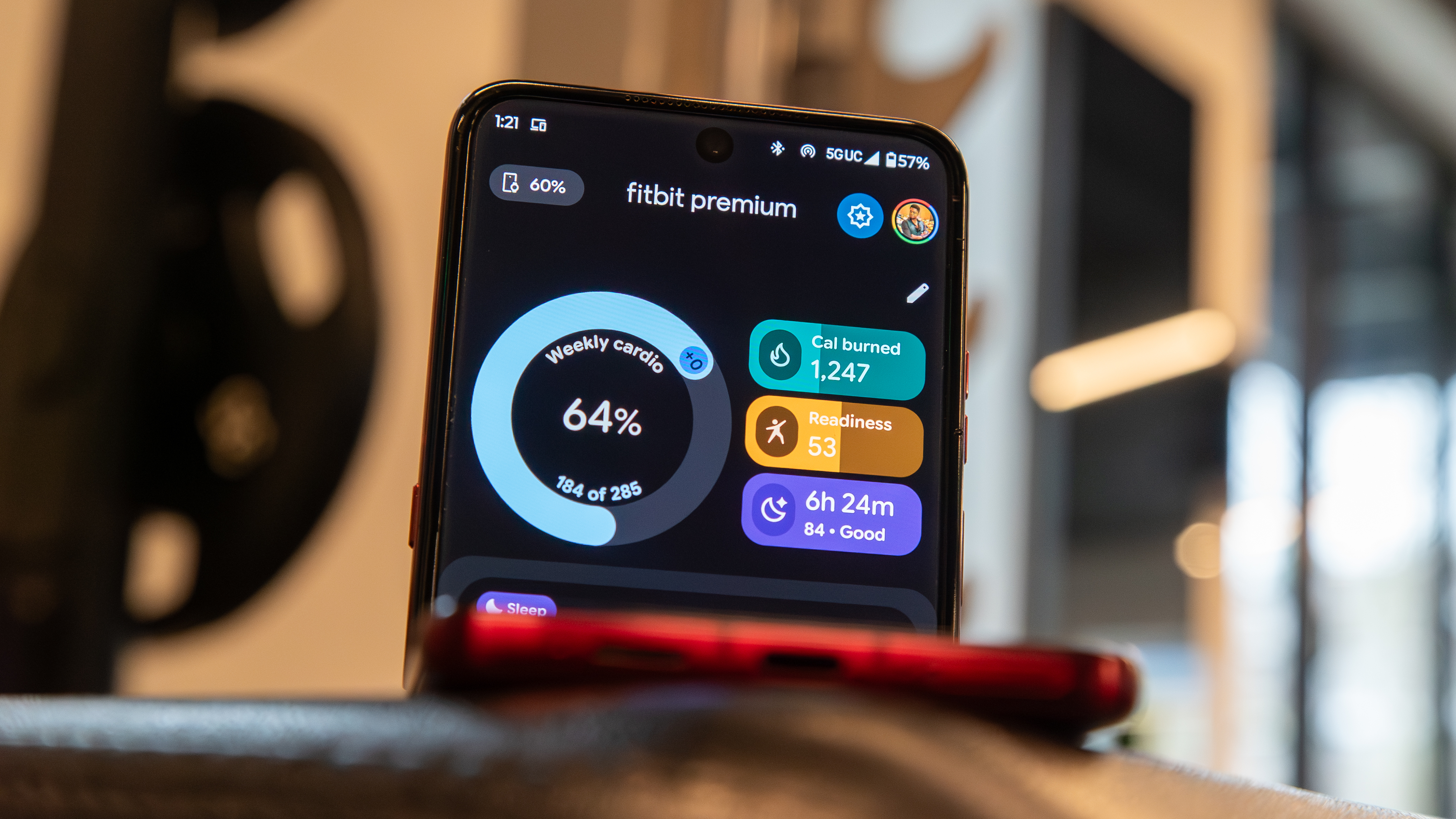The OnePlus Pad 2 is my favorite Android tablet
The Pad 2 has considerable upgrades over last year's model, and it is one of the best mid-range tablets you can buy today.
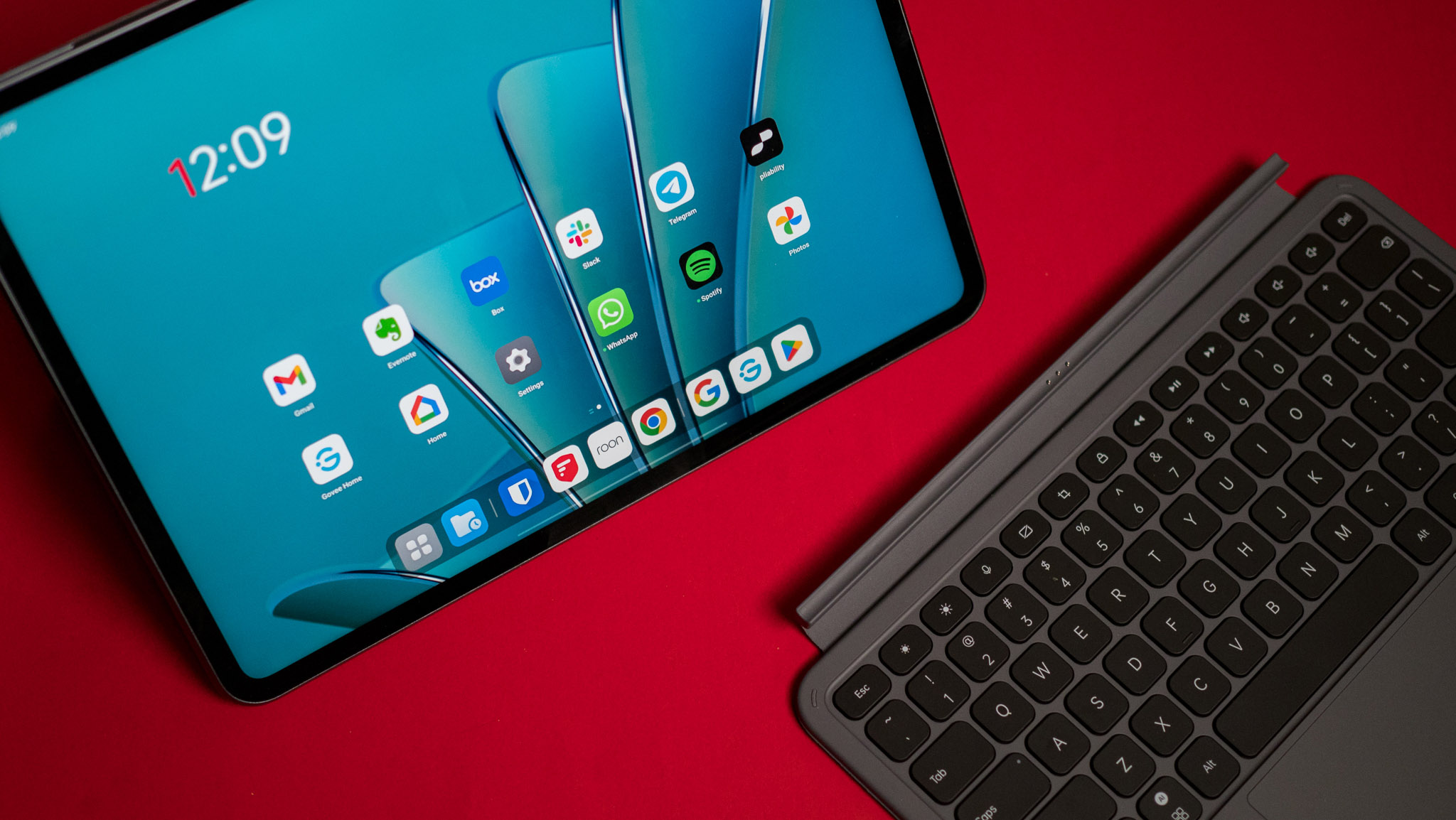
I reviewed the OnePlus Pad when it came out last year, and while I liked the hardware a lot, there were plenty of issues with the software. OnePlus addressed these shortcomings via software updates in subsequent months, and the Pad became one of the best tablets in its category.
OnePlus is continuing that momentum with the Pad 2. The tablet is bigger, much more powerful, has better sound, and better connectivity. But what gives it a noticeable edge is that the software doesn't feel half-baked out of the box, and that's a refreshing change of pace.
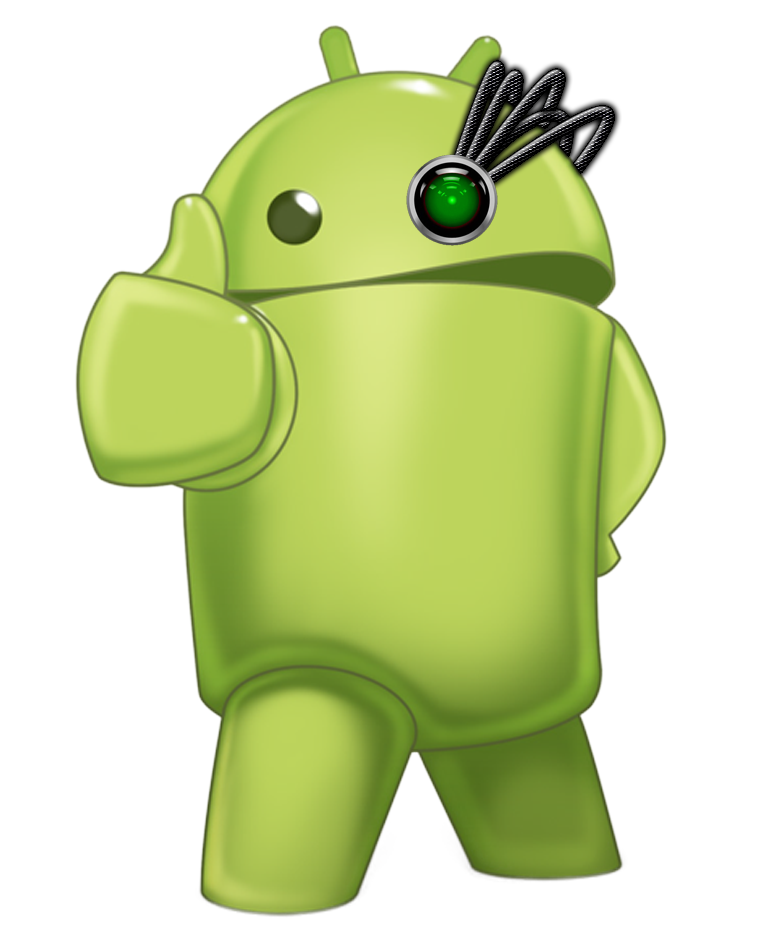
In Hardwired, AC Senior Editor Harish Jonnalagadda delves into all things hardware, including phones, audio products, storage servers, and routers.
The Pad 2 ditches the distinctive green color scheme, instead coming in a grey option that doesn't quite have the same design flair. That said, the build quality is fantastic, and the aluminum chassis along with curving sides and rounded edges makes the tablet comfortable to hold and use. While it is heavy at 584g, I didn't notice the heft in regular use.
Basically, the Pad 2 doesn't look or feel like a mid-range tablet, and OnePlus did a great job with the overall design. Dominating the front is a 12.1-inch LCD panel that goes up to 144Hz, and it renders Dolby Vision content. While an AMOLED panel — like the one on the OnePlus 12 — would have made the tablet much more enticing, it would have raised the cost significantly, and for now, OLED screens remain the purview of flagship tablets.
While it isn't an OLED, the LCD panel has good colors and excellent brightness figures, and the 3:2 ratio is ideal for my use case. I read a lot on tablets, and the screen is ideally suited to read books or long-form content. I'm still annoyed that the Reading Mode feature found in legacy OxygenOS builds hasn't made its way into the ColorOS era, as that would have made a significant difference in my usage of the Pad 2.
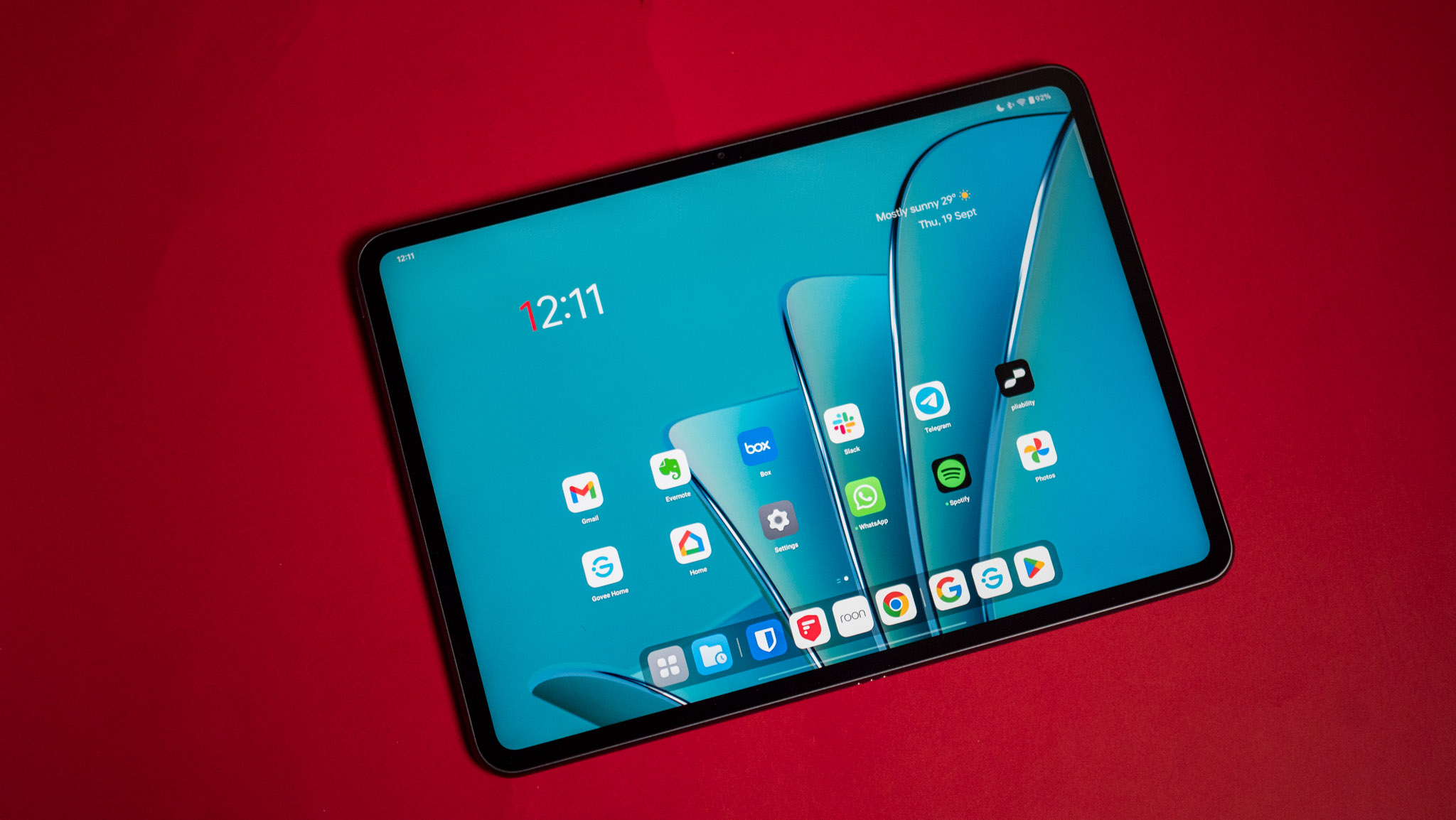
The 12.1-inch panel is great for streaming content as well, and the upgraded audio with six drivers manages to deliver detailed sound with no distortion even at a high volume. It doesn't have the same color vibrancy as the iPad Pro, but it costs less than half, so for what you're ultimately paying, you are getting a good quality panel and impressive onboard sound.
I didn't see any issues with gaming either; the Pad 2 is powered by the Snapdragon 8 Gen 3 and comes with 8GB of RAM as standard, and it runs demanding titles without any hassle. The panel technically goes up to 144Hz, but that's just marketing; in regular use, it won't cross 120Hz, and like every other device running OxygenOS, games are limited to 60fps.
Get the latest news from Android Central, your trusted companion in the world of Android
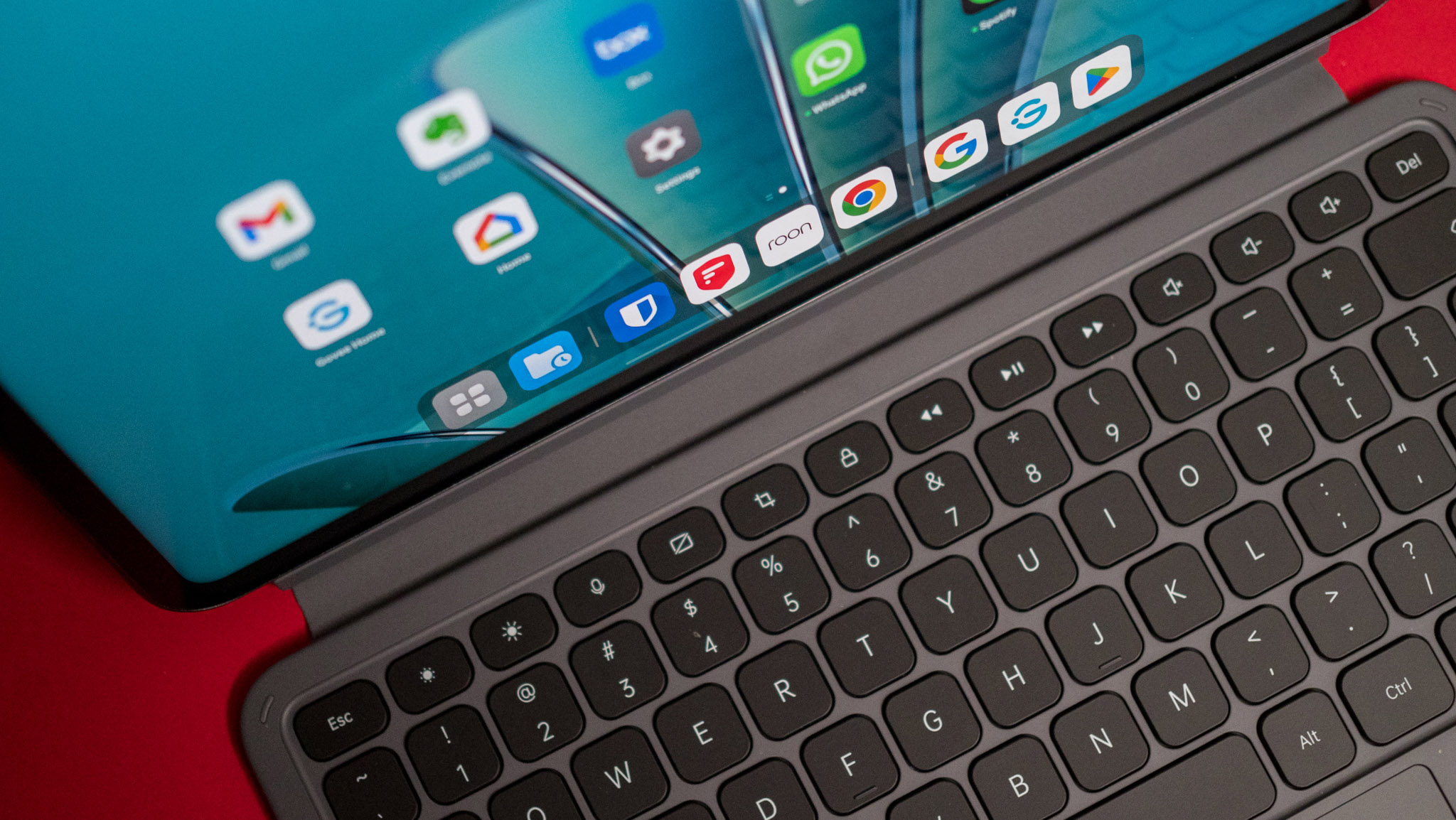
That said, there's no lag or jitter in visually-intensive games, and the Pad 2 does all the right things when it comes to the performance. Battery life is similarly great, and the Pad 2 easily offers ten hours of video playback between charges. The tablet charges at 67W, and a full charge takes under an hour — that's better than just about every other device in the mid-range segment.
Most Android tablets have great hardware, but it's the software that continues to be the differentiator, and there is a lot to like in this area on the Pad 2. The tablet runs OxygenOS 14.1 based on Android 14, and you'll find the usual tablet-focused additions that maximize the real estate, including a dock, split notification pane, tabbed browsing, and two-pane view in Gmail and messaging clients.
But what I like the most about the tablet is Open Canvas multitasking; the mode lets you have up to three windows side-by-side, and it is effortless to use. The software itself is fluid in daily use, I didn't run into any bugs in the month I used the Pad 2, and it's a much better showing than last year. The tablet will pick up four Android OS updates, and while it won't get updates anywhere as quickly as OnePlus phones, it will make the switch to Android 18 when that becomes available.
Sure, there are a few omissions; you don't get biometric authentication, there's no vibration motor, and the Pad 2 misses out on a MicroSD slot. These are inconveniences, but they don't ultimately hinder the use of the tablet, and the caliber of the hardware more than makes up for the omissions.
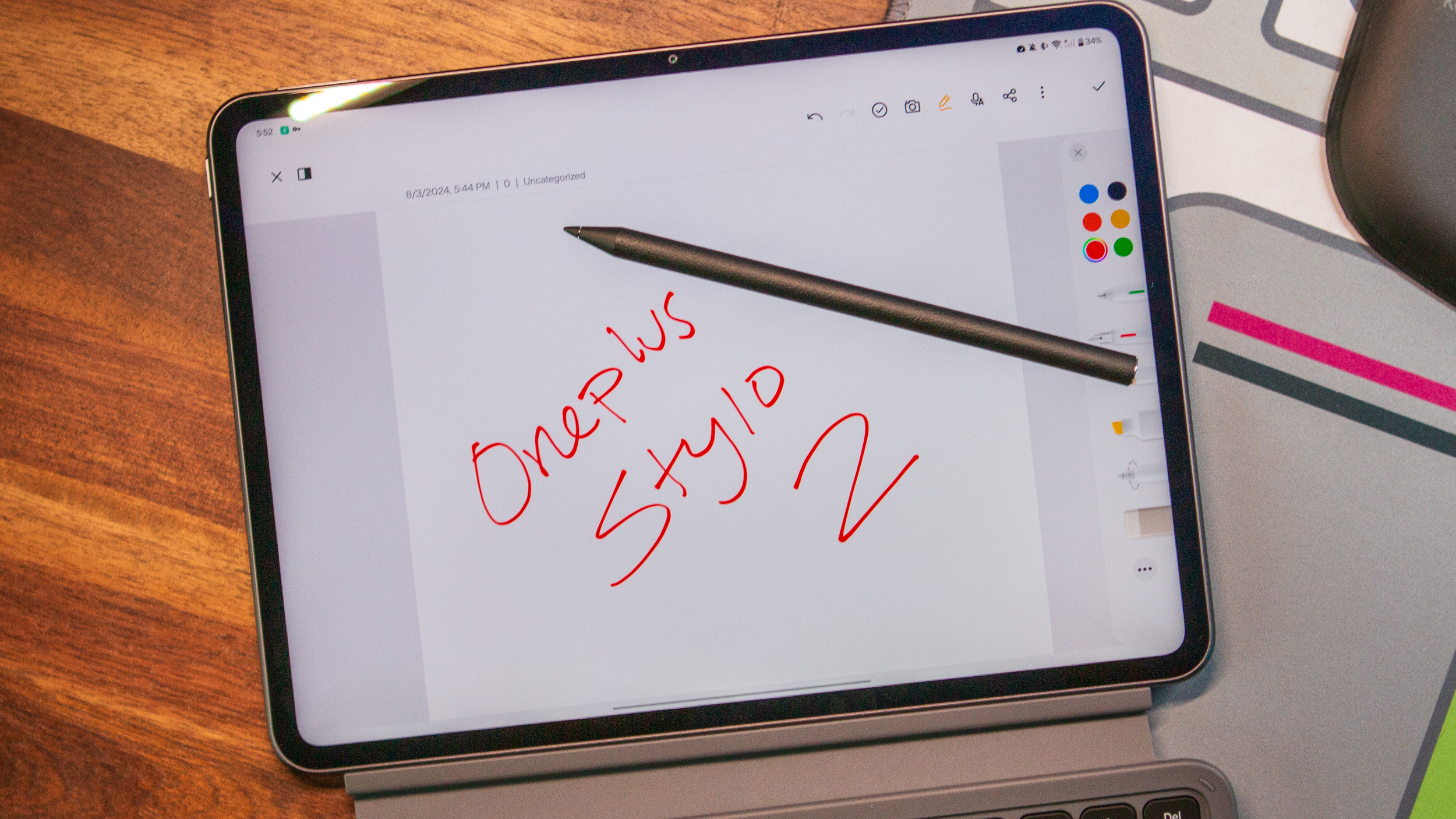
OnePlus did a good job with the accessories as well, and the Stylo 2 is much better. The stylus has a textured finish that feels great, and it has increased pressure sensitivity, making it a good choice if you want to take notes or sketch. I'm not as fond of the Smart Keyboard; it uses a detachable design this time, and the means the kickstand is integrated into the back cover, and that makes it fiddly to use.
While the keys are better than last year, there's still no backlighting, and the detachable design just isn't convenient to use. Unlike the iPad, you don't get anywhere as much in the way of external accessories with the Pad 2, and that means you're limited to the Smart Keyboard if you need a keyboard accessory.
Android tablets have seen a resurgence in the last two years, and there's a decent amount of choice if you need a budget or mid-range device. Coming in at $499 for the 12GB/256GB variant, the OnePlus Pad 2 is one of the most powerful options you can buy in this category, and it has a terrific screen, detailed sound, top-notch hardware that's great for gaming, and standout battery life.
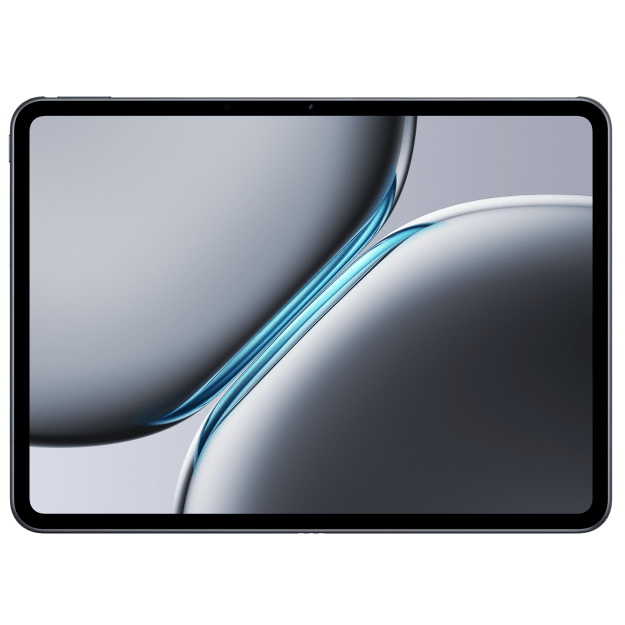
The Pad 2 has one of the best hardware packages in its category, and the software is much better than last year.

Harish Jonnalagadda is Android Central's Senior Editor overseeing mobile coverage. In his current role, he leads the site's coverage of Chinese phone brands, networking products, and AV gear. He has been testing phones for over a decade, and has extensive experience in mobile hardware and the global semiconductor industry. Contact him on Twitter at @chunkynerd.
You must confirm your public display name before commenting
Please logout and then login again, you will then be prompted to enter your display name.
